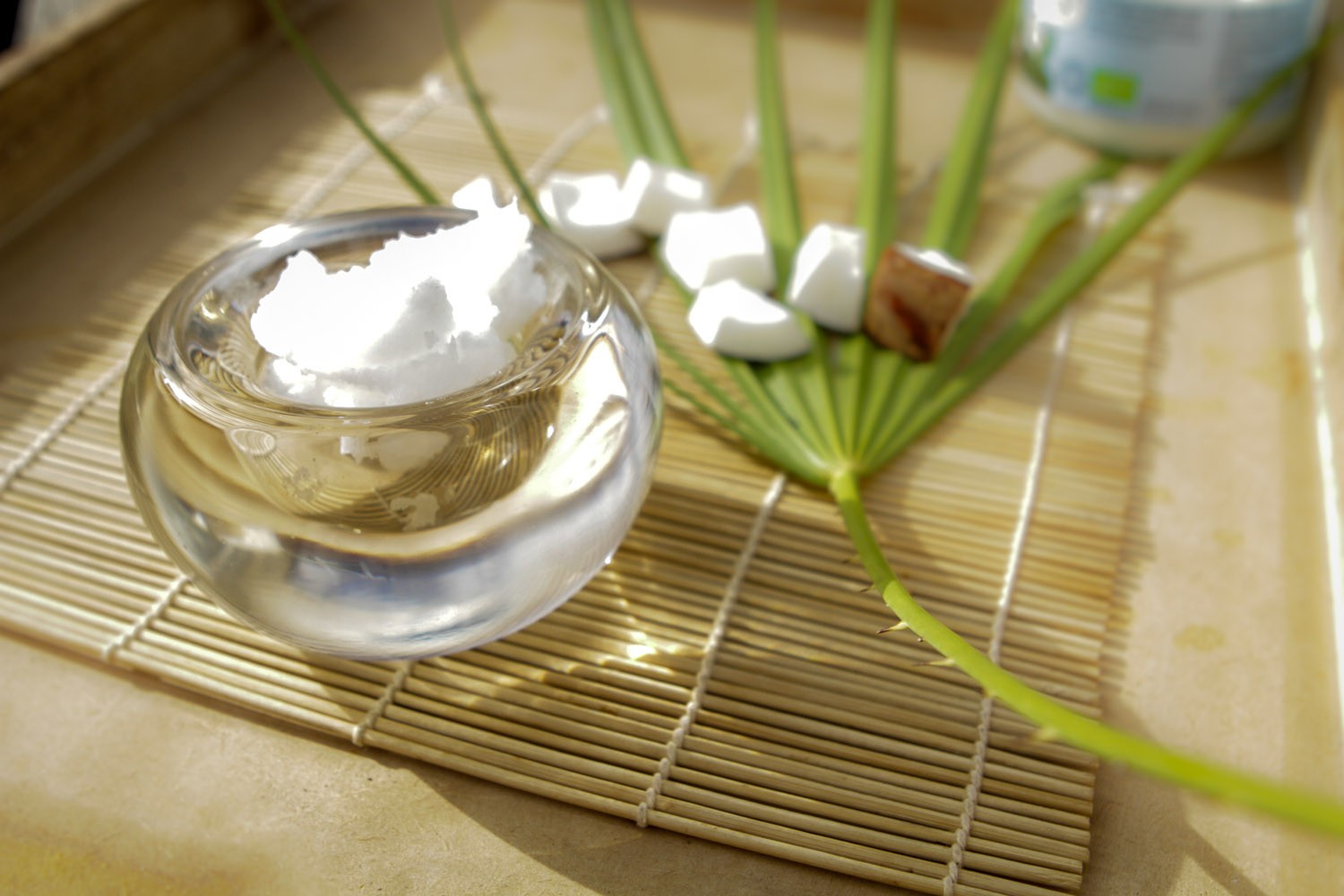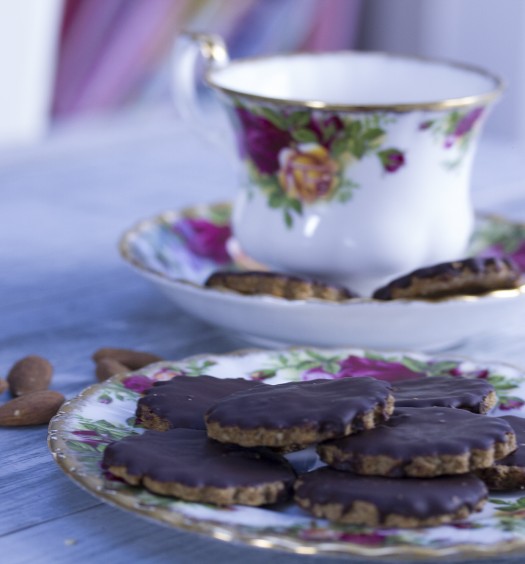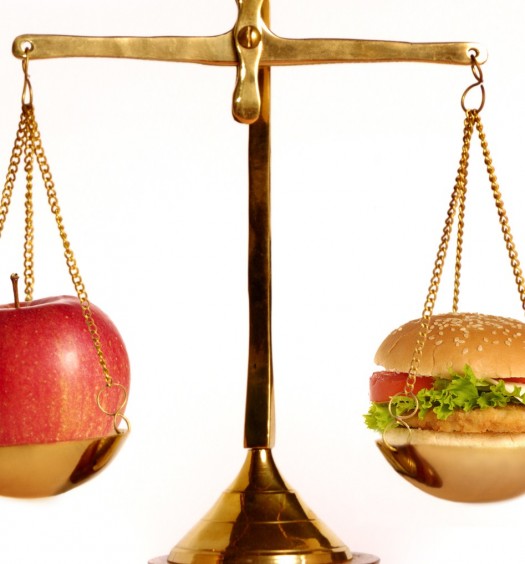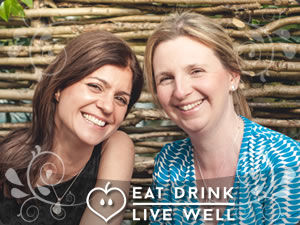A baby’s skin can get dry and crusty, often resulting in scaly patches. When you’re breastfeeding, your diet impacts your baby’s skin health so when this happened to my kids I increased my essential fats (eating oily fish, avocados, nuts and seeds, also supplementing), and made sure I was really well hydrated. But I also wanted to apply something topically, tackling the problem both inside and out.
I only ever use natural products on my children, but was really shocked when I started investigating popular baby-care products. A baby’s skin and organs are especially delicate and sensitive to chemicals. The skin is our largest organ and the ingredients in the products we use are absorbed by the skin into the body and bloodstream. We often unknowingly use things that are mass-marketed to appear natural and gentle. Take Vaseline or baby oil. Did you know that both are made from a by-product of petrol refinement? The clue is in the name – petroleum jelly.
I’d be particularly wary of any products derived from petrol. Mineral oil is the oil used in the majority of high-street baby oils. It’s really cheap (hence popular with manufacturers) as its leftover liquid, a by-product of the distillation of petrol. You’ll find it the main ingredient in many big brand baby care items (baby oil, Vaseline, liquid soap and baby lotions). Quite frankly, it has no health benefits whatsoever and alarmingly there are several dangerous hazards associated with it.
The problem with mineral oil is that it forms a thin layer on the skin – like a plastic wrap. It coats the skin and clogs the pores not letting moisture in or toxins out. Effectively it blocks the skin from ‘breathing’. Ironically, as a result it can cause dryness and other skin irritations. This ‘plastic’ layer also prevents the formation of vitamin D on the skin (vital for your little one’s immune system) and hampers the sweating process, meaning it can be difficult for the baby to cool down.
Once the oil is absorbed, it’s processed by the liver, nutrients get bound by the oil and their absorption becomes blocked, potentially causing nutrient deficiencies. Studies have also shown forms of pneumonia caused by mineral oil decreasing lung function, with medical specialists condemning the use of orally taken mineral oil. But babies constantly have their fingers in their mouths, just how much is ok for them to be consuming?
So how do we know what it safe?
Always read labels when you’re shopping for baby products. Look for those that contain natural vegetable, plant, seed and nut oils such as shea butter, olive oil, calendula oil, and coconut oil. Don’t go for strong aromas, baby products by their nature should only be fragranced by natural baby-safe botanicals, if anything at all. Essential oils that are known as the safest for babies include lavender, neroli, chamomile, rose, orange and tea tree.
I’ve used various oils on my children to try to combat dry skin and cradle cap and I must say that without doubt, by far the most exceptional has been coconut oil. Not only is it a lot easier to apply (less greasy than olive oil and less sticky than shea butter), but you can just add a little to the bath and your baby will come our super soft without getting an oily mess all over the towels, your hands, changing mat and baby-grow.
Coconut oil has been used for over 4,000 by Ayurvedic practitioners. It not only does an excellent moisturizing job but is antimicrobial, a rich source of antioxidants and contains good fats that are beneficial to the liver. We often talk about coconut oil in our blogs, and there’s a good reason – it’s useful in treating all sorts of ailments. With babies it’s an effective treatment for rashes, dermatitis, cradle cap and nappy rash. It’s also useful for treating thrush when applied to the mother’s nipples.
You can buy it in some supermarkets or health food shops and can use it for cooking (it’s less likely to go rancid at high temperatures than other fats), for your own skin and most importantly for your baby’s skin and hair. Wouldn’t you rather pamper your baby with an organic, natural oil that’s been safely used for centuries than smother them in a toxic by-product of the petrol industry?
We hope you found this article helpful. Don’t forget to subscribe to receive more articles, nutritious recipes and expert tips. We love hearing from you so please do comment below or check us out on social media to keep up to date with what’s happening in the world of nutrition.





